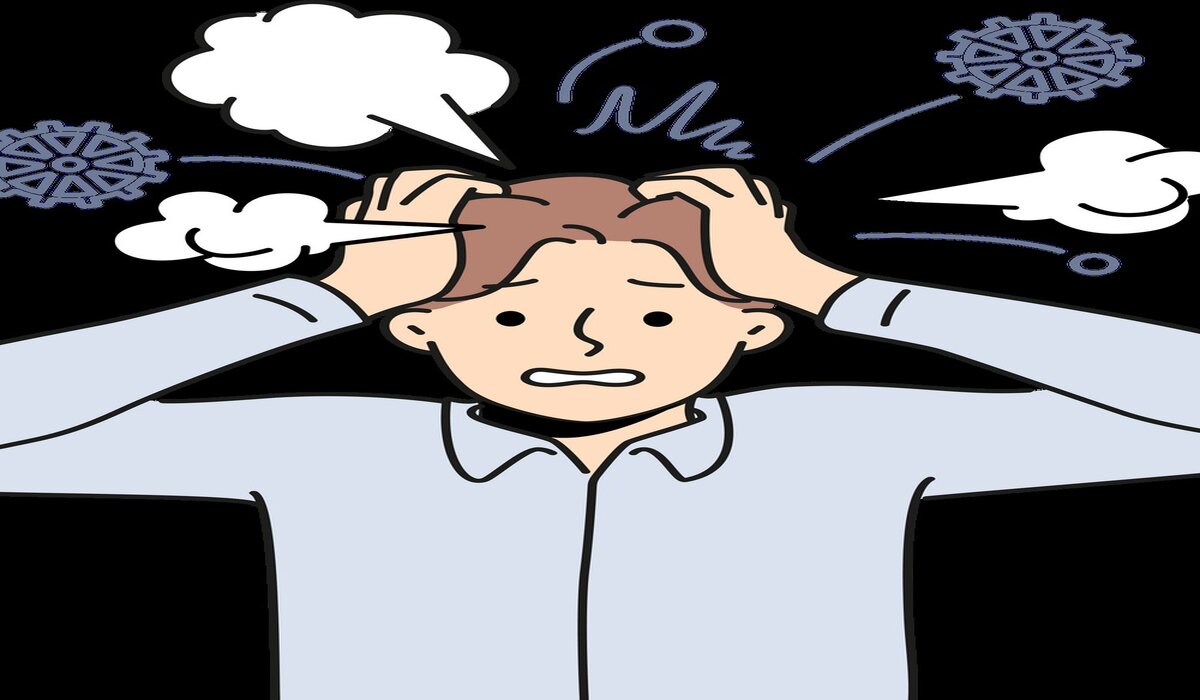Imagine a bustling workplace where the staff has been reduced by 40%, leaving the remaining employees to pick up the slack. Some rise to the occasion, fueled by a sense of purpose and engagement. Others struggle, becoming withdrawn, depressed, and even physically ill. What separates those who thrive from those who burn out?
Work, at its best, can be a source of immense satisfaction. It gives our lives purpose, a sense of accomplishment, and fuels our sense of self. But for many, the reality falls far short. Disengagement and unhappiness are rampant, fueling countless sitcoms and fueling a cynical view of office life.
Think about “The Office.” Is it a comedy or a tragedy? Michael Scott, in all his misguided wisdom, declares, “Nobody should have to go to work thinking…this is the place I might die today.” Work, ideally, should be a place where dreams come true, right?
When work feels great, it can bring significant joy and satisfaction. Meaningful work provides a sense of accomplishment and purpose, enriching our lives.
However, work environments can sometimes become overwhelming, especially when chronic stress sets in. Over time, tiny annoyances like overtime meetings, office politics, and lack of recognition can build up, creating a toxic atmosphere.
Burnout begins with exhaustion and soon leads to feelings of shame and doubt about one’s capabilities. Self-efficacy deteriorates, and cynicism and helplessness set in. The root cause of burnout often stems from chronic stress and lack of support.
The Burnout Cycle: From Passion to Despair :
The Ideal Scenario:
Engagement: We feel passionate about our work, connected to our colleagues, and supported by leadership.
Challenge: We’re stretched, but not overwhelmed. The workload feels meaningful and we have the resources to succeed.
Growth: We learn and develop new skills, fostering a sense of accomplishment and fulfillment.
The Burnout Cycle:
Stress: Workload becomes overwhelming, resources are inadequate, and support is lacking.
Exhaustion: Chronic stress depletes our energy, both physical and emotional.
Cynicism: We lose faith in our ability to cope and become cynical about our work.
Inefficacy: Feeling like our efforts are meaningless, our self-confidence plummets.
Burnout: Physical, emotional, and mental exhaustion sets in, often accompanied by withdrawal or hostility.
Spotting the Signs: Are You at Risk?
Burnout doesn’t manifest the same way for everyone. Here are some common warning signs:
- Constant exhaustion: You feel perpetually tired, even after a good night’s sleep.
- Increased cynicism: You become negative and critical of your work and colleagues.
- Decreased productivity: You struggle to focus and complete tasks, leading to a sense of inefficiency.
- Withdrawal: You isolate yourself from work and social activities.
- Physical symptoms: Headaches, stomachaches, and changes in sleep or appetite can all be signs of burnout.
Strategies to Prevent Burnout :
If you’re feeling the early signs of burnout, don’t wait. Here are some proactive steps you can take:
Identify your stressors :
Pinpoint the specific factors contributing to your stress.
Communicate your needs :
Talk to your manager about your workload and adjust expectations if necessary.
Set boundaries :
Learn to say no and establish clear boundaries between work and personal life.
Prioritize self-care :
Make time for activities that nourish your mind, body, and soul.
Seek Support :
Talk to a trusted friend, therapist, or counselor. Consider joining a support group.
It’s Not Just You: The Role of Organizations :
Preventing burnout isn’t just an individual responsibility. Organizations play a crucial role in fostering healthy work environments. Here are some key actions companies can take:
Promote work-life balance :
Encourage employees to take breaks and disconnect after work hours.
Offer flexible work arrangements:
Consider options like remote work or flexible schedules.
Provide resources for stress management :
Offer workshops or training on stress management techniques.
Invest in employee well-being :
Promote healthy habits and provide access to wellness programs.
Burnout is a serious issue, but it’s preventable. By understanding the signs, taking proactive steps, and fostering a supportive work environment, we can create a world where work is a source of fulfillment, not despair. Remember, a healthy, engaged workforce benefits everyone – employees, employers, and ultimately, society
